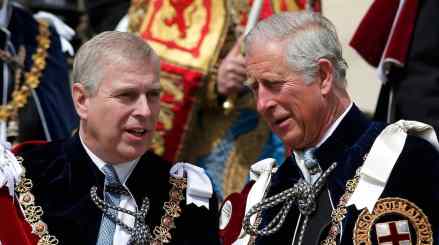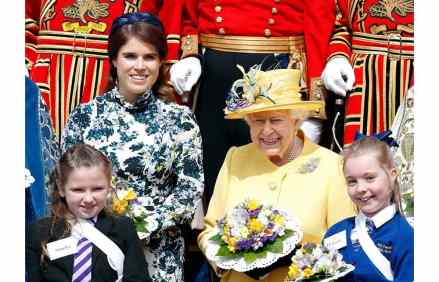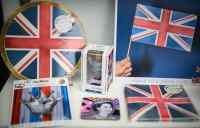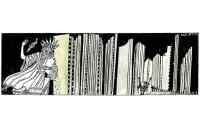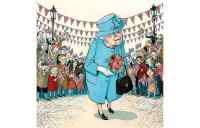The royal rabble vs the Queen
By and large, the Platinum Jubilee celebrations were a success. Barring the odd moment of inexplicable poor taste, it was a well-choreographed blend of pageantry, ceremony and fun, and the deservedly viral clip of Paddington taking tea with the Queen seemed to epitomise a spirit of generosity and togetherness. Yet Her Majesty might be forgiven, looking at the headlines since the Jubilee, for wishing that she could always be in the company of an amiable fictitious bear, rather than her unpredictable and wilful family. Given the self-indulgent shenanigans that her family seem intent on creating during the final years of her reign, the Queen might be forgiven for wanting to
